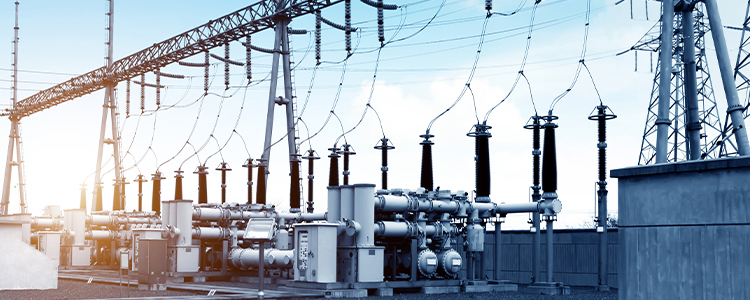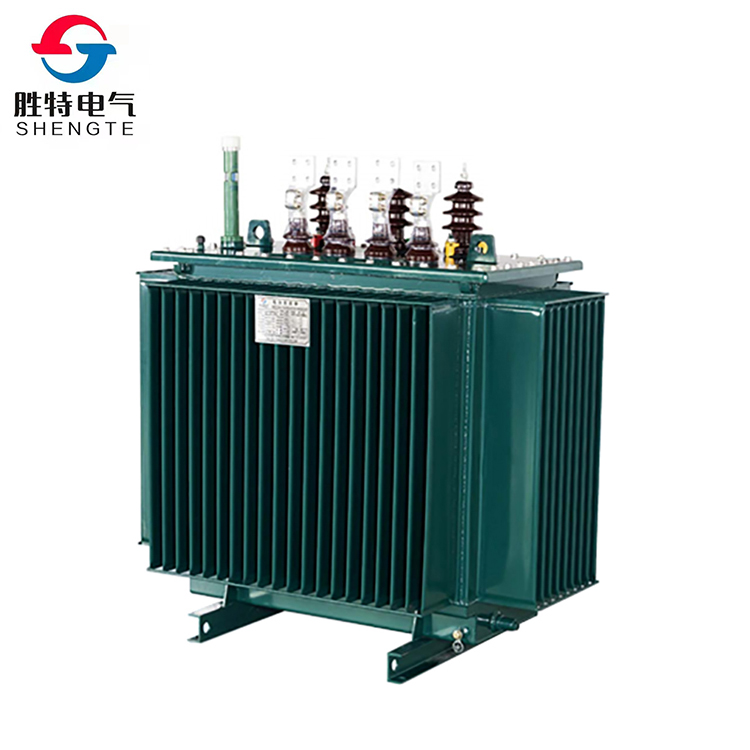Power substation is an important part of power transmission and distribution system. It is a facility that converts electrical energy received from a power plant to a lower voltage level suitable for consumption purposes, mainly in residential, commercial and industrial areas. The substation is an important part of the grid, helping to maintain the reliability and stability of the power supply.
The main function of a power substation is to convert high voltage electricity to a lower voltage range that can be safely used in homes and various industries. This is done by using power transformers that step down the voltage from the primary transmission level to the secondary distribution level. The conversion process usually occurs at different stages in the power transmission system as the voltage level changes from very high to medium and then low.
Electric substations are responsible for converting electricity to voltage levels that are safe for use in homes, offices, and factories. These substations are designed to efficiently distribute power to various end users through a network of transmission lines, distribution lines, and step-down transformers. In general, a substation acts as an intermediate point between the high-voltage transmission and low-voltage distribution networks.
Power substations connect the primary transmission lines that carry high voltage electricity from power plants to the distribution grid. High-voltage electricity travels along transmission lines to substations, where it is converted to a lower voltage by power transformers and distributed to the local distribution grid. Substations typically consist of multiple transformers, switchgear and control equipment that help regulate the flow of electricity and ensure its safe and efficient delivery.
One of the important components of a power substation is a power transformer. This device is responsible for transferring electrical energy from high voltage to low voltage. Depending on the size, complexity and requirements of the grid, transformers are used in different capacities. There are various types of power transformers used in substations, including distribution transformers, power transformers and autotransformers.
Distribution transformers are used to step down voltage from transmission level to distribution level for distribution to end users. On the other hand, power transformers are used to step down high voltage electricity from power plants to transmission level while autotransformers are used in substations to provide the required voltage level to the distribution network.
In summary, power substations are a critical part of power transmission and distribution systems. It plays an important role in converting high voltage electricity to low voltage levels that are safe for use in homes and industries. A substation consists of multiple transformers, switchgear, and control equipment that help regulate the flow of electricity and ensure its safe and efficient delivery. Understanding the importance of power substations is critical to understanding the seamless delivery of electricity to consumers around the world.
Post time: Apr-26-2023













